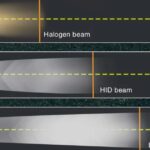If your car vibrates when in reverse, you’re not alone. Discover the common culprits behind this issue and how to address them effectively. From worn engine mounts to transmission problems, we’ll cover it all. Stay tuned for expert insights and practical solutions.
It’s a frustrating problem, but you’re not alone. Let’s delve into the reasons behind this phenomenon and find solutions together. From worn out engine mounts to transmission issues, we’ll cover it all. Get ready to put an end to those bothersome vibrations.
There are a few reasons why this might happen, such as worn engine mounts or transmission problems. Understanding the cause can help you fix it. Let’s explore together and find solutions to keep your driving smooth.
Car Shakes in Reverse? Tips to Diagnose the Issue
If your car shakes when you put it in reverse, it might mean something’s wrong. It could be because of worn-out engine or transmission mounts, low transmission fluid, or problems with CV joints. Issues with brakes, wheels, tires, suspension, or the exhaust system can also cause shaking.
Here are some helpful tips to diagnose and resolve the issue effectively.
Notice the Shaking Intensity
When your car shakes, observe how strong it feels. Is it a gentle vibration or a strong shake? This helps you understand if it’s a minor issue or something more serious. Knowing the intensity helps you explain the problem to a mechanic better.
Check Fluid Levels
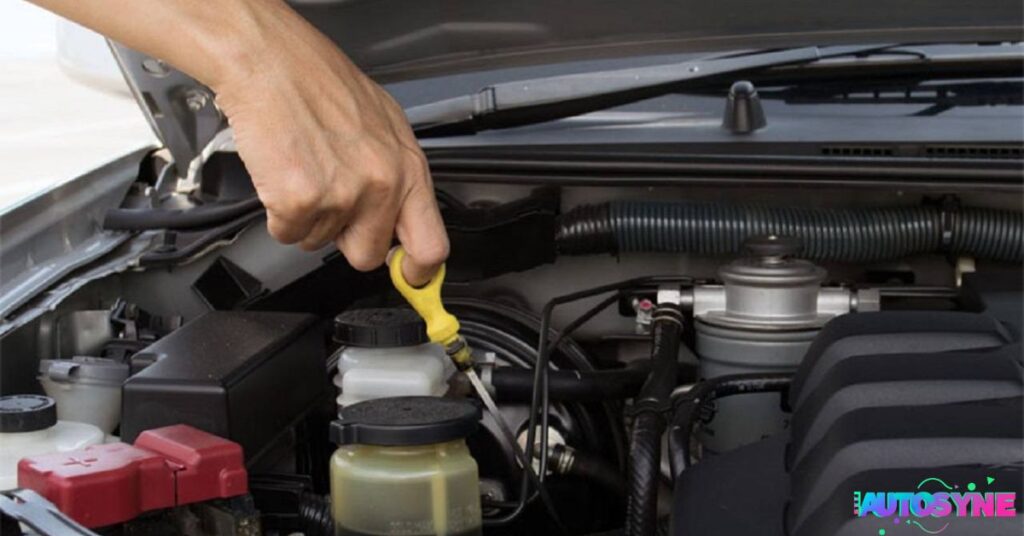
Checking your car’s fluid levels is crucial for maintenance. Regularly inspect transmission fluid, oil, and coolant. Low fluid levels can cause various problems. Ensure you follow your vehicle’s manual for proper checking procedures.
Observe When the Shaking Occurs
Pay attention to when the shaking happens. Take note of specific moments, such as when you start the car or switch to reverse. This observation helps identify potential issues. Inform a mechanic about these occurrences for accurate diagnosis and resolution.
Also Read This Blog: Muffler Cost: Decoding Muffler Replacement and Maintenance
Consider the Sound
When you hear your car shaking, pay attention to the sounds it makes. Listen for any unusual noises like grinding, squeaking, or clunking. These sounds could indicate mechanical problems that need fixing.

If you notice any strange sounds, it’s essential to have a mechanic check your car to prevent further issues. Strange noises accompanying the shaking could point to specific problems. For instance, grinding noises might signal transmission issues, while squeaking could indicate worn-out belts.
If you hear any of these sounds, don’t ignore them. Instead, take your car to a mechanic for a thorough inspection and timely repairs.
Notice Performance Changes in Reverse
When you feel your car shaking while reversing, pay attention to how it performs. Notice if it stutters or struggles, especially when moving uphill. These changes in performance might indicate issues with fuel pressure or transmission.
Changes in how your car behaves in reverse can be a sign of underlying problems. If you notice difficulty shifting gears or slower responses, it could indicate transmission issues. These symptoms are crucial to address promptly to avoid further damage to your vehicle.
Pay Attention to Warning Lights
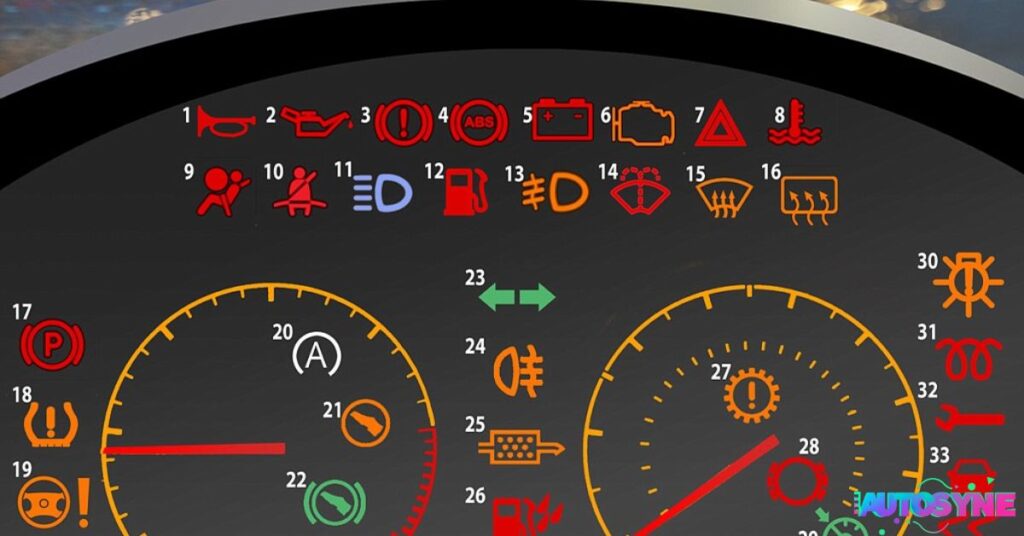
When your car shakes in reverse, keep an eye out for any warning lights on the dashboard. If you see the TPS (throttle position sensor) light, it could indicate a faulty sensor. This sensor tells the car’s computer how far the throttle is open and affects engine performance.
Warning lights on the dashboard provide important clues about potential problems. Ignoring them can lead to more significant issues down the road.
If you notice any warning lights, especially while experiencing shaking in reverse, it’s crucial to address them promptly. Consulting a mechanic and using specialized tools can help identify and resolve the underlying issues, ensuring your car runs smoothly and safely.
Look for Other Symptoms

- Difficulty shifting gears: Difficulty or resistance when changing gears, particularly noticeable when shifting into reverse.
- Slower response when switching to reverse: Delayed or sluggish response from the vehicle when shifting into reverse gear.
- Unusual engine noises: Abnormal sounds coming from the engine, such as grinding, knocking, or whining.
- Abnormal engine behavior: Any unusual behavior of the engine, such as rough idling, stalling, or hesitation when accelerating.
- Vibrations in other driving conditions: Vibrations or shaking not only in reverse but also during other driving conditions, indicating potential widespread issues.
- Fluid leaks: Presence of fluid leaks underneath the vehicle, indicating possible problems with the transmission, engine, or other systems.
- Dashboard warning lights: Illumination of warning lights on the dashboard, such as the check engine light or transmission warning light.
- Burning smells: Strange burning odors emanating from the engine bay or exhaust system, suggesting overheating or other mechanical problems.
- Decreased fuel efficiency: Noticeable reduction in fuel efficiency, which could be indicative of underlying engine or transmission issues.
- Visible damage: Visual inspection of the engine, transmission, or other components for visible signs of damage or wear, such as leaks, cracks, or broken parts.
Potential Reasons Why Your Car Vibrates or Shakes In Reverse
Feeling your car shake when you put it in reverse can be worrying. It could mean something’s not right.
Here are some common reasons:
Transmission Mounts
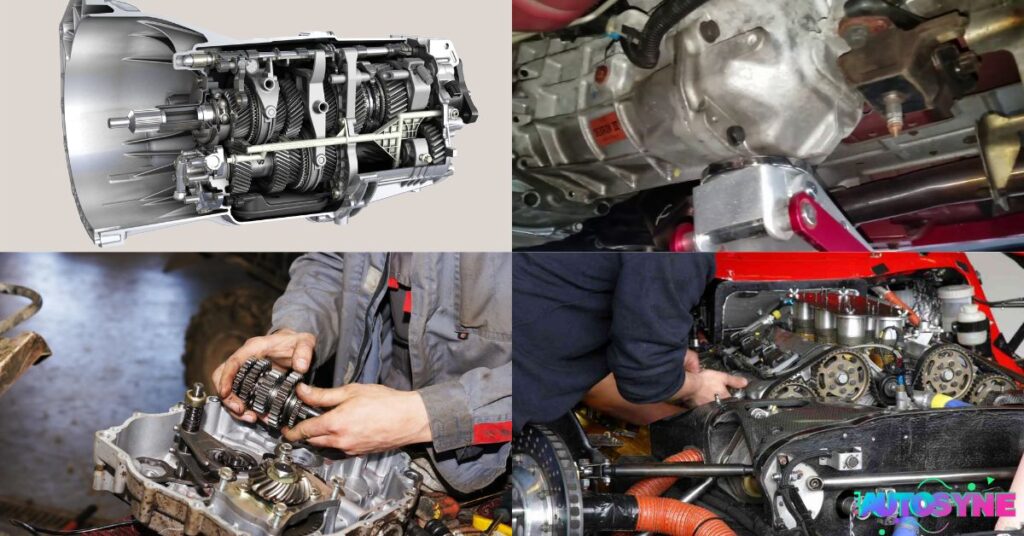
Transmission mounts are parts in your car that hold the transmission steady. They help reduce vibrations and absorb shocks when you change gears or accelerate. If these mounts get old or damaged, your transmission might move too much, causing vibrations and noises.
If you think your transmission mounts are the problem, it’s important to have them checked and replaced by a mechanic to keep your car running smoothly and safely.
Also Read Blog: A Deep Dive into Car Show Categories for Awards
CV Joints
CV joints, or Constant Velocity joints, are crucial components in your car’s drive train system. They allow the power from the engine to be transmitted to the wheels while also accommodating changes in angle.
These joints are essential for maintaining smooth power delivery and steering control, especially during turns and maneuvers. Over time, CV joints can wear out or become damaged, leading to symptoms such as clicking or popping noises when turning, vibrations, and even loss of power transmission to the wheels.
If you suspect a problem with your CV joints, it’s important to have them inspected and replaced by a qualified mechanic to ensure safe driving and prevent further damage to your vehicle.
Brake Issues
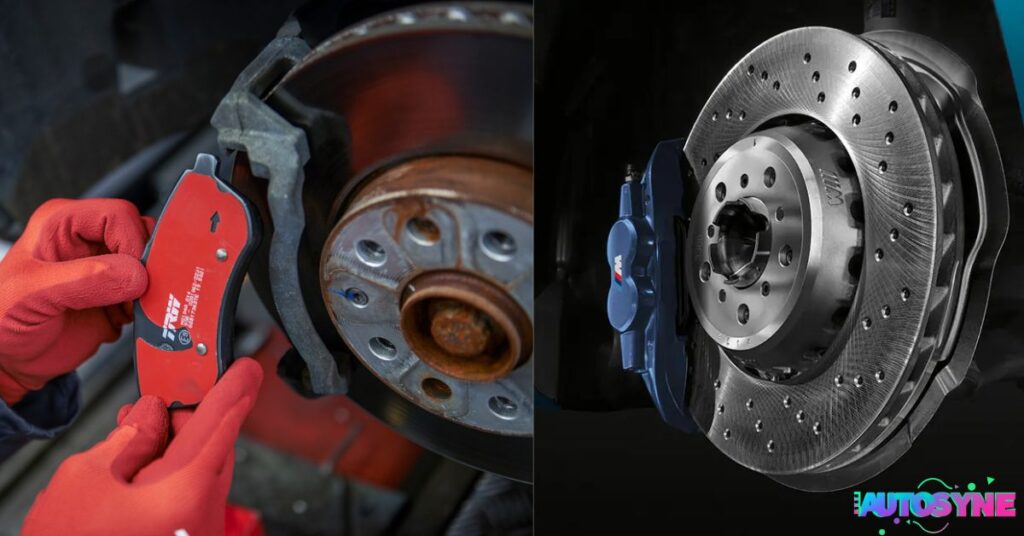
Brake issues are common problems with your car’s brakes. Signs include strange noises, like squealing or grinding, when you brake. Also, you might feel vibrations or notice the brake pedal feels soft.
These issues can happen due to worn brake pads or other brake system problems. It’s important to get brake problems fixed quickly for your safety.
Suspension Problems
Suspension problems can make your car ride uncomfortably and affect steering. Signs include bumpy rides, uneven tire wear, and strange noises while driving.
These issues often stem from worn-out shocks, damaged components, or steering problems. It’s crucial to address suspension issues promptly to maintain safety on the road.
Exhaust System Issues
Exhaust system issues can cause problems with your car’s performance and emissions. Signs include loud noises, such as rattling or hissing, and reduced engine power.
These issues often result from leaks, damage to the exhaust pipes or muffler, or a faulty catalytic converter. It’s important to address exhaust system problems promptly to prevent harmful gases from entering the cabin and ensure optimal engine performance.
Worn or Damaged Drive train Components
Worn or damaged drive train components can lead to various issues with your car’s performance and safety. Signs include unusual noises, such as grinding or clunking, vibrations, and difficulty shifting gears.
These problems often result from worn-out universal joints, damaged drive shafts, or issues with the transmission or differential. It’s crucial to address drive train issues promptly to prevent further damage and ensure safe operation of your vehicle
Unbalanced wheels

Unbalanced wheels can cause vibrations and affect your car’s stability and handling. Signs include vibrations felt in the steering wheel or seats, especially at higher speeds.
Unbalanced wheels can result from uneven tire wear, damaged rims, or improper tire mounting. It’s essential to address unbalanced wheels promptly to prevent further damage to your tires and suspension components.
Damaged Tires
Damaged tires can compromise your car’s safety and performance on the road. Signs include bulges, cuts, or punctures on the tire sidewalls, uneven tread wear, and vibrations while driving.
Damaged tires can result from road hazards, improper inflation, or worn-out tread. It’s crucial to address damaged tires promptly to prevent blowouts or loss of control while driving
Loose or damaged suspension components
Loose or damaged suspension components can impact your car’s ride quality and handling. Signs include excessive bouncing, swaying while cornering, or uneven tire wear.
Loose or damaged components may include worn-out shocks or struts, damaged control arms, or worn bushings. It’s essential to address suspension issues promptly to maintain vehicle stability and safety.
Engine issues
Engine issues can significantly impact your car’s performance and reliability. Signs include rough idling, misfiring, decreased power, or unusual noises like knocking or ticking.
Engine problems may stem from various issues such as worn-out spark plugs, a malfunctioning ignition system, or a faulty sensor. It’s crucial to address engine issues promptly to prevent further damage and potential breakdowns.
If you notice any signs of engine problems, have your car inspected by a qualified mechanic to diagnose and repair the issue to keep your car running smoothly.
Fuel pressure
Fuel pressure is crucial for efficient engine performance. Signs of fuel pressure issues include engine hesitation, difficulty starting, or stalling while driving. Problems may arise from a faulty fuel pump, clogged fuel filter, or issues with the fuel injectors.
Low fuel pressure can result in insufficient fuel delivery to the engine, leading to poor combustion and performance issues. On the other hand, high fuel pressure can cause a rich fuel mixture, resulting in engine flooding or rough idling.
Transmission Issues
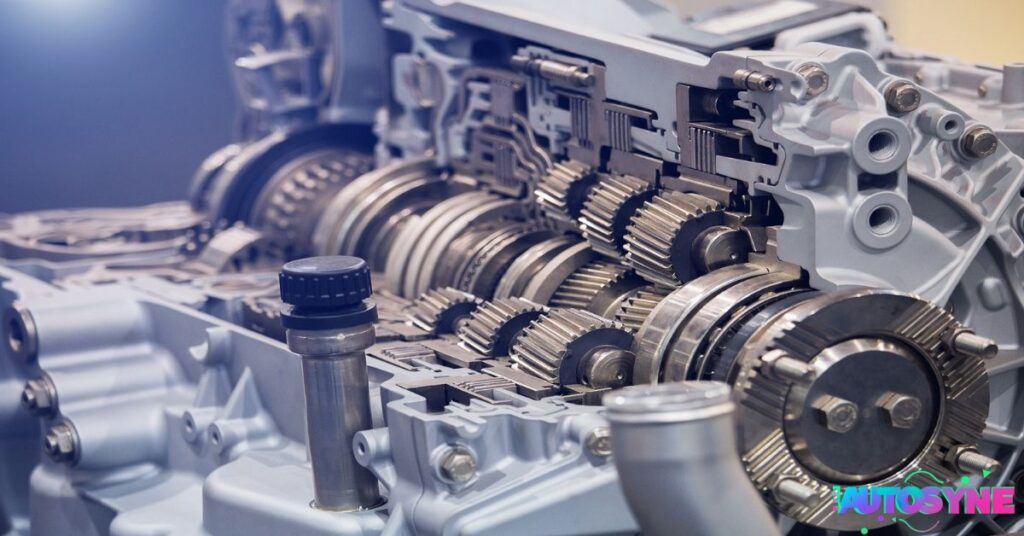
Transmission issues can disrupt your driving experience and indicate underlying problems with your vehicle’s transmission system. Symptoms like difficulty shifting gears, slipping gears, or unusual noises such as grinding or whining may point to transmission trouble.
Causes of transmission issues can range from low fluid levels to worn-out clutch plates or malfunctioning torque converters. Ignoring these signs can lead to further damage and costly repairs down the line.
Regular maintenance and prompt attention to transmission problems can help ensure smooth operation and prolong the lifespan of your vehicle.
Transmission Oil Filter Issues
Issues with the transmission oil filter can significantly impact the performance of your vehicle’s transmission system. The transmission oil filter is responsible for keeping the transmission fluid clean by filtering out impurities and contaminants.
If the filter becomes clogged or damaged, it can restrict the flow of transmission fluid, leading to inadequate lubrication for the transmission’s moving parts. As a result, you may experience poor shifting performance, including shaking or juddering, especially noticeable when the vehicle is in reverse.
It’s crucial to have the transmission oil filter inspected and replaced regularly as part of your vehicle’s maintenance routine to prevent potential issues and ensure smooth transmission operation.
Torque Converter Issues
Torque converter issues can significantly affect the performance of your vehicle, particularly if you have an automatic transmission. The torque converter serves as the link between the engine and the transmission, allowing for smooth power delivery.
However, if the torque converter becomes damaged or faulty, it can lead to various symptoms, including vibrations or shaking, especially noticeable when the vehicle is under stress, such as when reversing.
Additionally, you may experience symptoms like transmission slipping, overheating, or strange noises from the transmission. Addressing torque converter issues promptly is essential to prevent further damage to the transmission and ensure the smooth operation of your vehicle.
Potential Clutch Issues at Play

Potential clutch issues can indeed contribute to the shaking or vibrations you experience when your car is in reverse. In manual transmissions, the reverse gear often operates differently from the forward gears, making any problems with the clutch more noticeable in reverse.
For instance, a worn-out or misaligned clutch can cause jerky movements or vibrations due to improper engagement and disengagement. If you suspect clutch-related issues, it’s essential to have your vehicle inspected by a qualified mechanic.
Faulty sensors
Faulty sensors, such as those associated with the throttle body, can indeed contribute to your car shaking or vibrating, especially when it’s in reverse.
The throttle position sensor (TPS), for example, communicates the throttle’s position to the car’s computer system, regulating fuel injection, ignition timing, and other engine operations.
If the TPS is damaged or malfunctioning, it can send incorrect information to the engine control unit (ECU), leading to imbalanced air-fuel mixture or improper ignition timing.
How To Fix The Problem?
By following these steps and addressing the specific cause of the vibrations, you can restore your car’s smooth operation and driving comfort. Remember to consult with a professional mechanic for accurate diagnosis and repair.
Engine inspection
To fix car vibrations, start by checking the engine. Look at it closely for any problems. Make sure all the fluids like oil and coolant are okay. Also, see if the engine mounts are okay. These are parts that hold the engine in place.
If they’re broken, they can make the car shake. If you’re not sure what to do, ask a mechanic for help. They can check everything properly and tell you what’s wrong.
Check the brake pads
To check the brake pads, look at them through the wheel spokes. Check if they’re worn or thin. If you can’t see well, remove the wheel. Measure the thickness with a ruler.
If it’s less than 3 millimeters or worn unevenly, replace them. Listen for odd sounds when you brake, like squealing or grinding. Also, look for brake fluid leaks near the wheels. If unsure, get a mechanic to check them.
Inspect the tires
To inspect the tires, start by checking the tread depth. Use a coin to measure it – if it’s less than 2/32 of an inch, it’s time for new tires. Look for any cuts, bulges, or cracks on the sidewalls, indicating damage.
Check for uneven wear patterns across the tire surface, which could signal alignment issues. Lastly, ensure the tires are inflated to the correct pressure as recommended by the manufacturer.
Check the suspension
To check the suspension, visually inspect the components for signs of wear or damage, such as leaking shocks or struts, worn bushings, or broken springs. Next, perform a bounce test by pushing down on each corner of the vehicle and observing how it responds.
A properly functioning suspension should quickly return to its original position without bouncing excessively. Also, listen for any unusual noises while driving, such as clunking or knocking sounds over bumps, which could indicate suspension issues.
Check the drive train
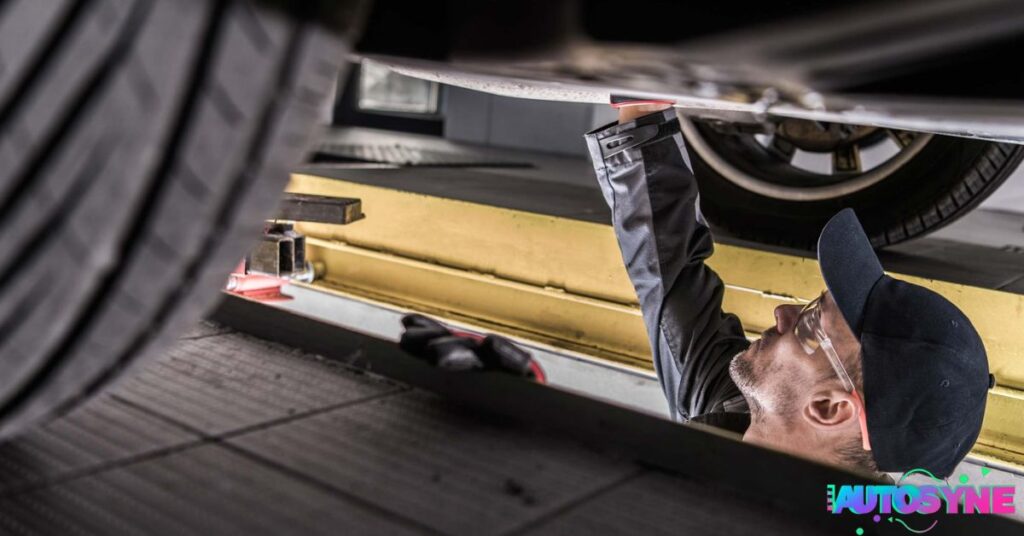
To examine the drive train, first, look at the driveshaft and axles for any damage or wear. Check for cracks or worn-out universal joints (U-joints). Then, inspect the differential for leaks or strange noises.
Make sure the transmission mounts are securely attached. If you notice any problems, have a mechanic inspect and repair your car.
Have a wheel alignment and balance check
To ensure smooth driving, it’s important to have your wheels aligned and balanced regularly. This involves adjusting the angles of your wheels to match the manufacturer’s specifications and ensuring that the weight distribution around each wheel is even.
A wheel alignment and balance check can help prevent issues like vibrations or uneven tire wear, providing you with a safer and more comfortable driving experience.
Why Is My Car Shaking When Reversing on Cold Starts?
- Cold weather can make the transmission fluid thicker, which can cause problems when the car is starting in reverse.
- The engine mounts might be stiffer when it’s cold, allowing more movement and causing vibrations during gear changes.
- If the transmission’s internal parts are worn, they might act up more when the car is cold, especially in reverse.
- Cold weather can highlight issues with the drive shaft or U-joints, making vibrations more noticeable during reversing.
- Problems with the brakes, like warped rotors or uneven pads, can also make the car shake when reversing in the cold.
- Uneven tire wear or unbalanced wheels might become more apparent in the cold, causing vibrations during reverse.
- Worn-out suspension parts can lead to vibrations, especially during cold starts and reversing.
- Loose or damaged exhaust components can rattle more in the cold, adding to the shaking sensation.
- Cold temperatures can affect sensor performance, like the throttle position sensor, contributing to vibrations in reverse.
- It’s crucial to address these issues quickly for safe and comfortable driving, especially in cold weather.
Things To Avoid When A Car Shakes or Vibrates In Reverse
To avoid making the shaking worse, don’t rev the engine too hard or accelerate suddenly in reverse. It’s safer to refrain from driving until you fix the issue if your car shakes in reverse.
Don’t ignore the problem

Ignoring car issues, like shaking in reverse, can lead to more severe problems over time. It’s crucial to address these symptoms promptly to prevent further damage. By ignoring the problem, you risk compromising your safety and incurring higher repair costs later on.
Therefore, it’s wise to seek professional help as soon as possible when noticing any abnormal behavior in your vehicle.
Don’t rev the engine
Revving the engine excessively can strain the vehicle’s components and exacerbate existing issues, such as shaking in reverse. Avoiding unnecessary revving helps prevent additional stress on the transmission and other vital parts.
It’s essential to operate the engine within its recommended RPM range to maintain optimal performance and prolong the lifespan of your vehicle. Therefore, refrain from revving the engine unnecessarily to minimize the risk of further damage.
Don’t accelerate suddenly
When driving, it’s important not to press down too hard on the gas pedal all of a sudden. This can put extra strain on your car’s engine and transmission, potentially causing shaking or other issues. Instead, try to accelerate smoothly and gradually to maintain a steady and comfortable ride.
Don’t continue driving the car
If you notice shaking or vibrations while driving, it’s crucial not to ignore them. Continuing to drive the car in this condition could exacerbate the problem and potentially lead to more severe issues down the road.
It’s best to pull over safely, assess the situation, and if necessary, seek assistance from a qualified mechanic to diagnose and address the underlying cause.
Don’t overlook routine maintenance
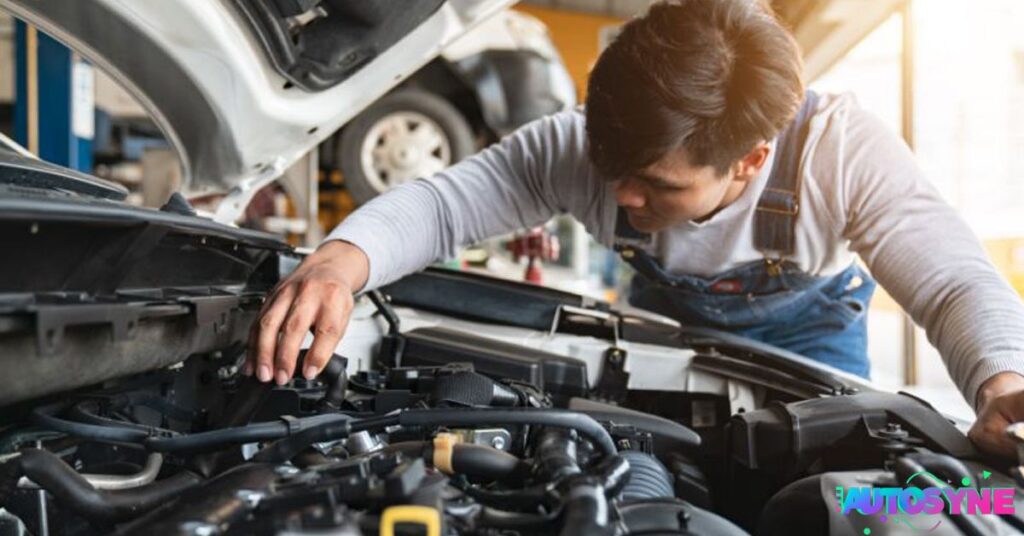
Regular maintenance is essential to keep your car running smoothly and prevent issues like shaking or vibrations. Don’t overlook routine tasks such as oil changes, tire rotations, and brake inspections.
By staying on top of maintenance schedules, you can address small problems before they escalate into more significant issues that could cause your car to shake or vibrate.
Frequently Asked Question
What causes a car to shake or vibrate?
Various factors such as worn-out parts, imbalanced wheels, or engine problems can lead to shaking or vibrating.
How can I fix my shaking car?
Start by checking common culprits like tire balance, alignment, and suspension components. If issues persist, consult a mechanic.
Should I ignore my car’s shaking?
No, ignoring shaking could worsen underlying problems. It’s best to address them promptly to prevent further damage.
Can I drive my car if it shakes?
It’s not recommended as shaking may indicate serious issues. Continuing to drive could be unsafe and cause further damage.
How often should I perform car maintenance?
Regular maintenance, such as oil changes and tire rotations, should be done according to your car’s manual or recommended schedule.
What if my car shakes only in reverse?
Shaking in reverse could indicate issues with transmission mounts, CV joints, or other drive train components.
Why does my car shake when starting cold?
Cold starts can exacerbate existing issues due to thicker fluids and engine strain, leading to temporary shaking.
Can tire pressure affect my car’s shaking?
Yes, improper tire pressure can cause vibrations. Ensure tires are inflated to the recommended levels for a smoother ride.
Conclusion
It’s crucial not to ignore any signs of shaking or vibration in your car, as they can indicate underlying issues that may worsen over time. By addressing these problems promptly and conducting regular maintenance checks, you can ensure the safety and longevity of your vehicle.
Remember, if you’re unsure about the cause of the shaking or how to fix it, seeking professional assistance from a qualified mechanic is always advisable.
Taking proactive steps to maintain your car can prevent potential accidents and costly repairs down the road, keeping you and your vehicle safe on the road.

Thomas is a seasoned automotive writer with five years of expertise. His passion for cars fuels insightful articles on industry trends, technology, and driving experiences.


